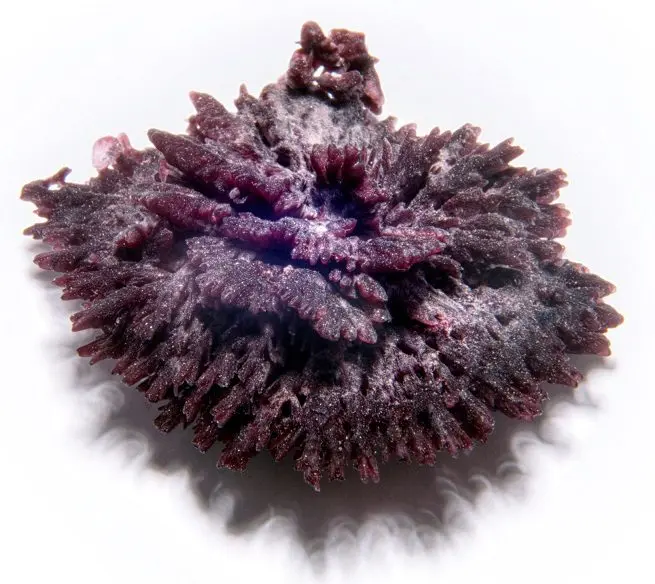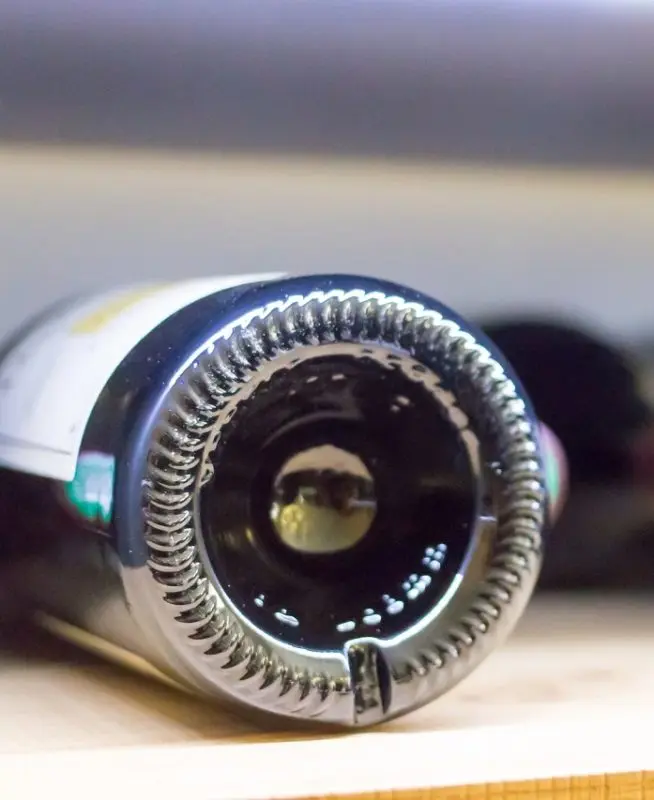Noticing the sediment in the bottle, many believe that the wine has gone bad. In fact, this is not always the case. Therefore, it is very important to be able to distinguish between bad and good sediment, which often guarantees the quality of the drink. We will consider the most popular types and reasons for the formation of wine deposits on the bottom. If there is sediment in a bottle of wine, it should be analyzed according to the following indicators:
1. The nature of the precipitate. By their nature, wine deposits are microbiological and physico-chemical.
Microbiological (bacteria, yeast) are the residual products of fermentation, they form a precipitate in the form of gray flakes with a red or yellowish tinge. With prolonged contact with wine, its taste deteriorates.
Microbiological deposits are characteristic of homemade grape wine and its fruit counterparts. To get rid of yeast flakes, homemade wine is drained from the sediment – poured through a thin tube into another container.
There should be no microbiological sediments in shop wines, since the drink goes through several stages of filtration. The presence of sediment at least indicates a violation of the production technology. Another reason is that the bottle was not hermetically sealed, as a result of which the wine began to ferment again. It is clear that you should not buy such drinks.
Crystalline sediment (tartar) – appears at the bottom in the form of transparent crystals resembling broken glass or sugar. These are hardened salts of potassium and calcium, which enter the wine along with the grapes, then precipitate during the fermentation and maturation of the drink.

The presence of tartar depends on the production technology (filtration thoroughness) and the age of the wine. The older the drink, the more small crystals it can contain. The crystalline sediment is absolutely harmless and indicates the naturalness of the wine, without affecting the taste. So that it does not interfere with the tasting, before serving, the wine is decanted – poured from the bottle into a special decanter.

Any other sediment – in most cases, these are solid accumulations that have a different shape and color. They may be residues of sulfur dioxide, which is used as a preservative, or have a different nature of appearance. For example, a sharp change in the temperature of the room where the bottle is located leads to turbidity, then these particles accumulate at the bottom. It is impossible to say unequivocally whether such precipitation is harmless. It is better to choose wine where they are not.

2. Type of wine. Precipitation can appear in both red and white wine and even in champagne (very rarely). If this is an ordinary tartar, then there is no reason to panic. Drinks that are planned to withstand a long time are poured into special bottles with a funnel-shaped bottom, so that later they can be easier to decant. A similar bottle is a sign that winemakers are waiting for the sediment in their product.
The wines of many well-known regions, such as French Bordeaux, traditionally have more sediment, as they are subjected to minimal filtration. This is also appropriate for all elite long-aged wines. Before buying, I advise you to first find out how typical the sediment is for the wine you have chosen.

conclusions
Sediment in wine appears for various reasons. The only sediment that is considered normal is tartar, indicating the naturalness of the drink. All other deposits put the purchase of the selected bottle in doubt. The cheapest domestic wines should not even contain tartar.









